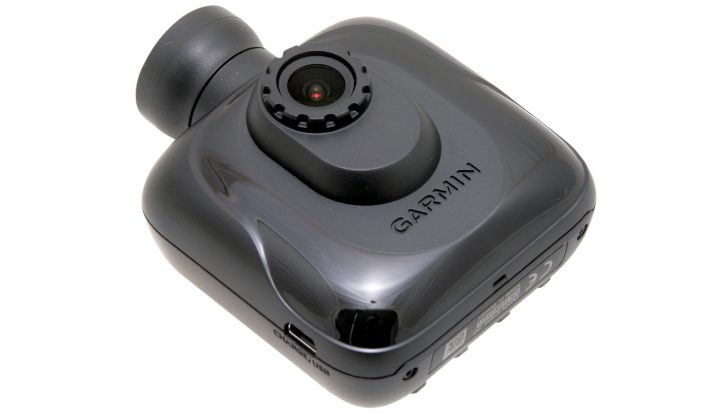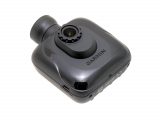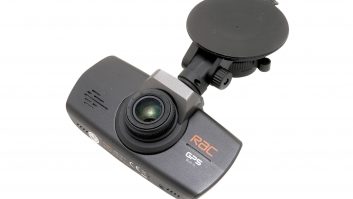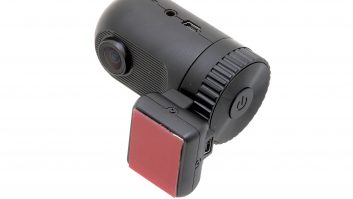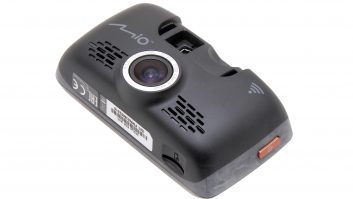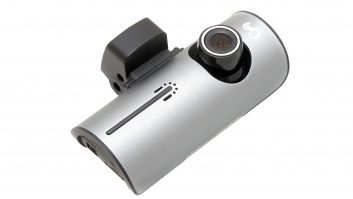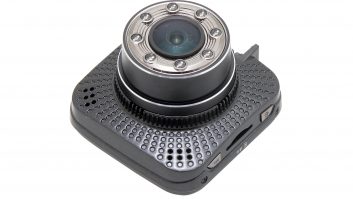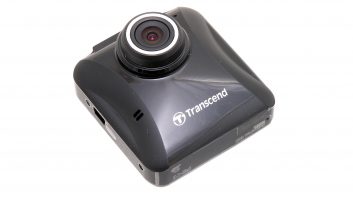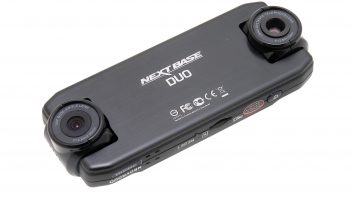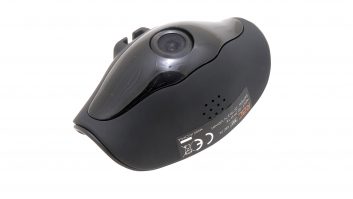Verdict
The Garmin Dashcam 20 is a very good dashcam from a well respected brand and is sold at a very fair price for all that technological wizardry. We like the large screen on the back of the unit. If you drive mainly at night or you particularly want the best image quality and widest-of-wide-angled lenses, look at other brands we’ve reviewed, such as the RAC 05.
Nevertheless, the Garmin Dashcam 20 is well worth its four-star rating.
Pros
Alerts you to ‘some’ speed cameras
Big screen on the back
G-sensor detects impacts and unusual movements
Stamps stills and videos with time, date and location
Microphone records sounds inside the ‘van
Cons
Other dashcams have better night vision
Others record wider angles
Only a 4GB SD card included
Using the same GPS location data as sat-navs is one of the key secret weapons of most dashcams. Not only can they record on-the-road footage, but they can provide an accurate note of the exact location, position, date and time. This is the kind of data we all need in the event of a road traffic accident, because it clearly helps sort out who’s at fault. Indeed, so handy is this information that many vehicle insurers are now offering discounts to drivers who use dashcams.
Recordings of your journey will be wiped out once the memory card is full, because the camera simply overwrites the old footage with the current imagery. So how can you be sure that you still have the crucial minutes you might need as evidence? Fortunately most dashcams come with motion sensors that detect impacts or even sudden acceleration and emergency braking. Any such incidents will be saved and protected.
Many dashcams come with 4GB or 8GB SD cards for recording the images, but you can always buy 18GB or 32GB SD cards if you want to make sure that a whole lengthy journey is recorded.
As well as being used to support insurance claims in case of mishaps, we think dashcams offer great opportunities for recording some of the most spectacular coastal drives. Perhaps you’re impressed that you made it through a particularly narrow lane, or you want to warn people to approach a campsite from a different road. Now you can save the footage to a computer and share it with friends and family – or the caravanning world.
Our accessory tests feature all kinds of helpful gadgets, outdoor accessories, sleeping bags, cookware and other camping gear that motorhome owners would find handy.
In our recent round-up of the best dashcams for sale in the UK we compared the RAC 05, at £149.99 and the Cobra CDR 820 costing £179.99. We reviewed the Mio MiVue 658 WIFI, at £142.96, the Tsumara G3, at £139.99, and the Transcend DrivePro 100, at just £64. We tested the Cobra Drive HD CDR 840, at £99.99 and the RAC 04, costing just £59.99. Then we compared the Garmin nuviCam LMT-D at the high price of £299, the Next Base IN-Car Cam Duo, at £199.99 and the Trackvue DV300, at £99. In this review we report our findings on The Garmin Dashcam 20, which costs £129.
Garmin has forged a reputation for making very capable, no-nonsense sat-navs, and the Dashcam 20 follows broadly the same approach. Optically, there are better units out there, with wider fields of view and superior low-light performance. But you’re unlikely to find anything to complain about with this unit’s footage.
While GPS is built into the Garmin Dashcam 20, it’s chiefly there to monitor and record positional information; although it will also support some speed-camera databases and give you an alert.
The large, 60mm screen is a nice touch, though, and the unit can be mounted on your windscreen with either the suction cup or an adhesive pad.
It only comes with a 4GB microSD memory card, which will record 48 minutes at its highest image quality, or 4.8 hours on the lower image quality setting. If you buy a 32GB microSD memory card you’ll get 384 minutes at the highest quality or 38.4 hours if you put it on the lowest image quality setting.
Optically, there are better units out there
Technical Specifications
| Garmin | Dash Cam 20 |
| Garmin Dashcam 20 | Quick Start Manual |
| Included | USB cable |
| Included | Suction cup windscreen mount |
| Included | Vehicle power cable |
| Storage included | 4GB |
| Extra SD cards sold separately | 8GB, 16GB, 32GB |
| 4GB SD card | 48 minutes (at 1080p) or 2.2 hours (720p) or 4.8 hours (VGA) |
| Size | 6.6cm x 8.21cm x 3.69cm |
| Weight | 121g |
| GPS | Yes |
| Screen | 2.3 inch TFT LCD |
| Incident detection system | G-Sensor |
| Battery lasts for | 1 hour |
| Microphone | Yes |
| Video frame rate | 30 FPS |
